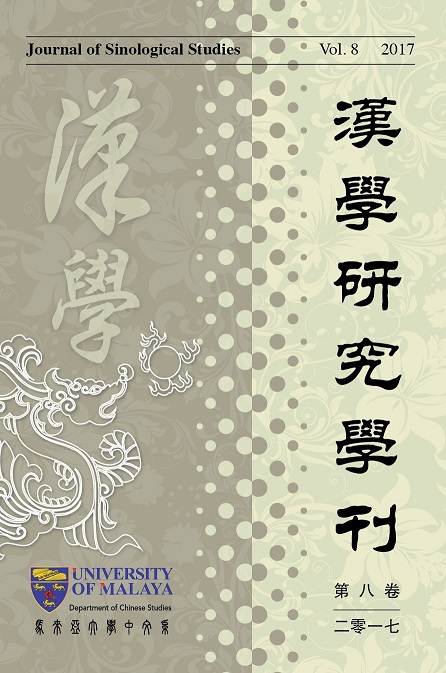镜花缘的拼凑å™äº‹ The Assemble Narrative of Jinghuayuan Fiction
Abstract
The assemble narrative is not a new narrative theory in Classical Chinese Literature. In the history of Chinese Classical Fiction, modify or rewriting the stories and fictions is very common among the Chinese intellectual world. Due to the length of classical novels, the writers needed to create more story plots to complete the whole story, thus borrowing ideas from the other written stories was indeed helpful. For example, the story of Wuji Guo(乌鸡国) in the Journey to The West actually was borrowed from the story of The Tragedy of Hamlet, Prince of Denmark. The writer of the Journey to The West transformed The Tragedy of Hamlet into Chinese Style, and put it as one of the main plot of the novel. Some stories in the Rulin Waishi (儒林外å²) also can be found in the other literary works. The literary skills, accumulation of literary reading, consistency of the writing are important for those writers who tried to assemble or capture the stories of others into their own works. The Jinghuayuan (镜花缘) is one of the classical fictions that contains very strong assembled narrative skills which are different with the novels before it, such as the Three Kingdom, Journey to The West, and etc. This paper attempts to examine the literary and artistic features of Jinghuayuan through its apllication of assembled narrative.
Keywords: Jinghuayuan, assembled narrative, Chinese classical literature, writing skill


